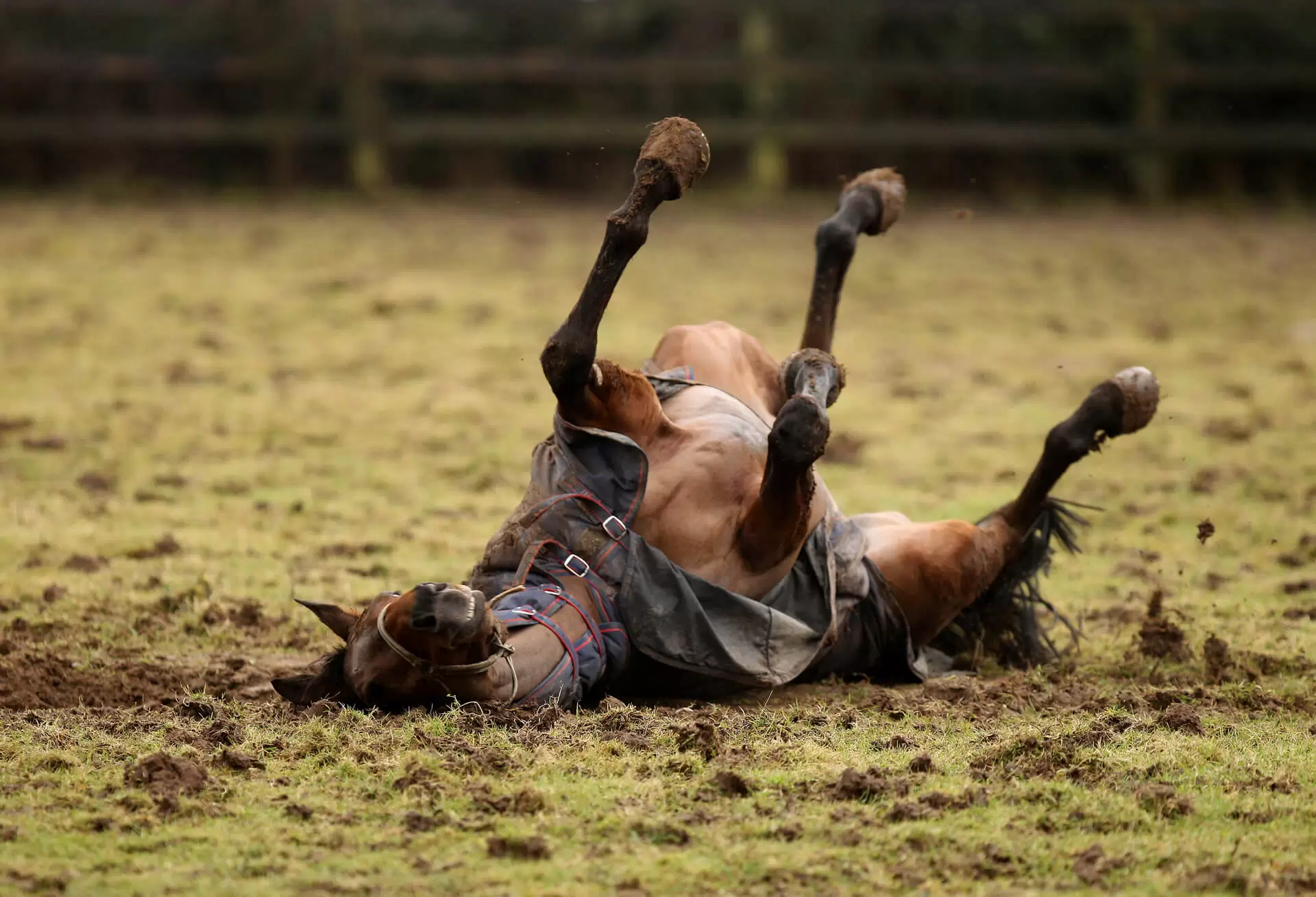
Managing mud fever
Mud fever or mud rash can be a challenging condition to treat in horses. Being prepared is key – knowing when your horse might be at risk and implementing management changes accordingly, such as applying barrier creams e.g. MRS Ointment, can help you stay one step ahead.

What is mud fever?
Mud fever is a non-contagious skin condition in horses often seen in the winter months. It is caused by the bacteria Dermatophilus congolensis, which is normally found on horses’ skin without causing any problems. However, when the skin barrier becomes compromised, such as in prolonged wet conditions, infection can occur.


What does mud fever look like?
Mud fever is characterised by crusting (scabs) on the lower limbs. Hair is usually attached to the crusts, coming off in clumps as they are removed. The underlying skin is often sore and inflamed and swelling may also be present. Your horse may also be lame and could be at risk of a secondary infection, so if you are concerned you should always speak to your vet.
How do I prevent mud fever?
It is very hard to avoid the mud and rain but there are steps you can take to help protect your horse’s legs.
1. Wash and dry their legs daily
2. Follow with a moisture barrier cream such as MRS Ointment. This helps to maintain the skin barrier in wet conditions and forms a protective layer on the skin to help stop bacteria from penetrating
3. Try and avoid turnout in muddy areas – sand schools can be a great alternative


How do I treat mud fever?
The first step in mud fever treatment is to remove all of the scabs as the bacteria live underneath. This can be painful for your horse so always take care when doing this. Washing the legs with warm soapy water can help to soften and remove the crusts. You should then wash the affected areas with an anti-bacterial solution.
After rinsing and drying an antibacterial ointment and moisture barrier cream, such as MRS Ointment, can be applied. Horses with heavy feathering may need to be clipped in order for the treatment to be more effective, discuss this with your vet to determine if this extra step is required.
If your horse is lame, has excessive swelling, or signs of a secondary infection you should always speak to your vet.
If you have any further questions about mud fever or rain scald, please contact the Foran equine experts.






 E-Store
E-Store


